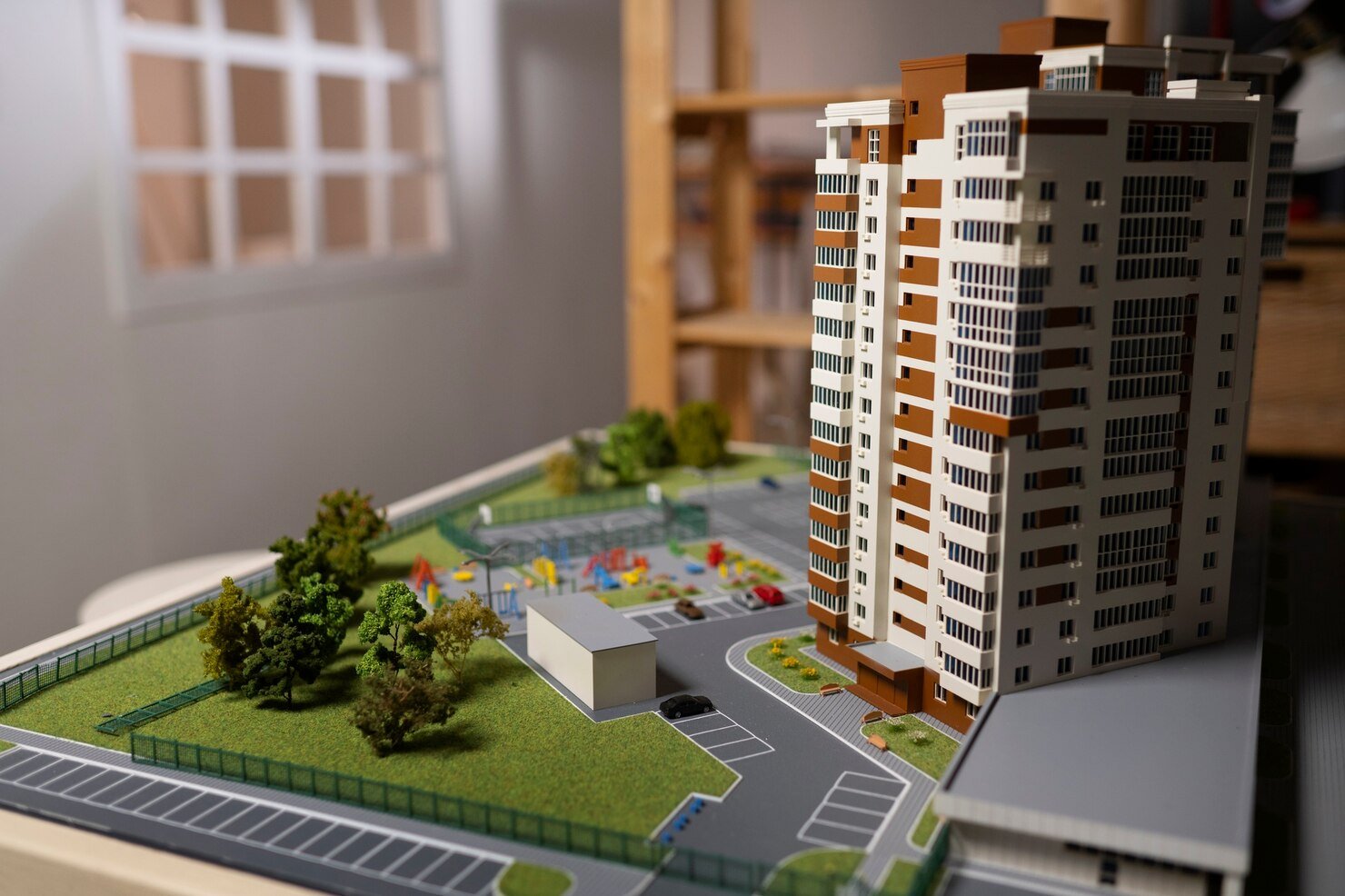Residential or commercial property in 2025
Property remains a core wealth building asset, but the right allocation depends on income goals, risk tolerance, and management bandwidth. This guide compares residential and commercial segments to help you choose with clarity.
Residential real estate
- Pros: Broad tenant base, easier entry price points, and typically lower vacancy duration.
- Cons: Active management for turnovers, regulations on rent increases in some markets, and modest yields in prime districts.
- Best for: Investors seeking steady demand, simpler financing, and optional personal use.
Commercial real estate
- Pros: Higher yields, longer leases, and corporate grade tenants.
- Cons: Cyclical sensitivity, concentrated vacancy risk, and more detailed due diligence.
- Best for: Investors ready for deeper analysis and professional property management.
Asset selection factors
- Local demand drivers such as employment hubs, logistics corridors, and demographics.
- Capex plan for maintenance and upgrades that protect rental value.
- Financing cost, loan to value, and debt service coverage ratios.
- Regulatory considerations like zoning, strata rules, and tax.
Building a balanced portfolio
Blend resilient residential units with targeted commercial assets like logistics or healthcare to stabilize income and capture growth. Use data on rent trends, absorption, and supply pipelines before committing capital.
How PG International helps
We identify markets, model returns, perform legal checks, and manage leasing. Our advisors source on and off market opportunities aligned with your yield and risk targets.
Note: Always validate assumptions with updated market reports before purchase.









